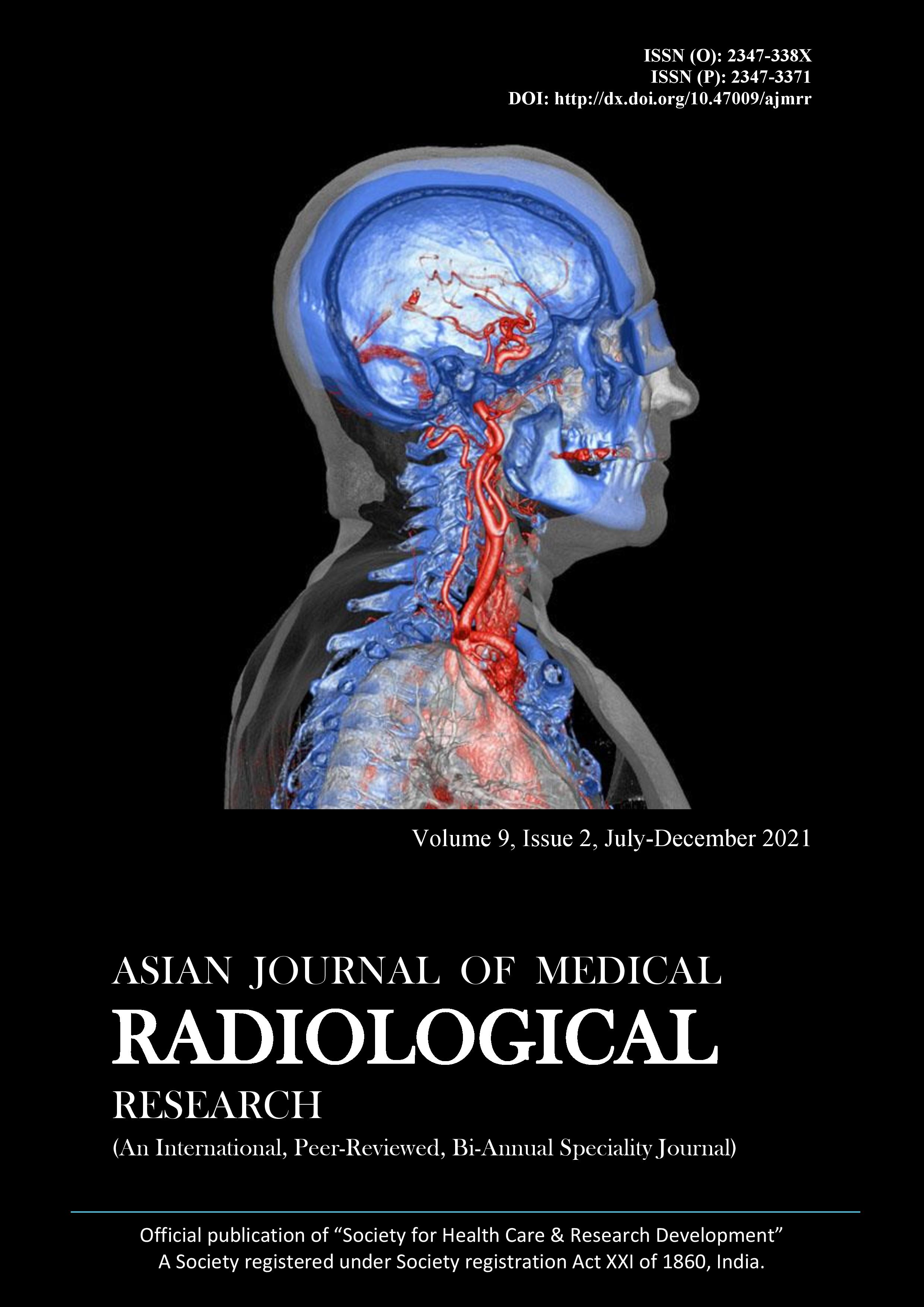High-Resolution Computed Tomography (HRCT) Disease Patterns and Survival Times in Patients with Interstitial Lung Disease at a University Tertiary Hospital in Southern Thailand from 2006 to 2012
HRCT disease patterns and survival times.
Abstract
Background: The aim of our study is to assess the high-resolution computed tomography (HRCT) patterns and survival times in patients with interstitial lung disease (ILD) during 2006-2012. Subjects & Methods: Sex, age, HRCT disease patterns and severity, pathologic results, year of diagnosis, and year of death in 249 patients with ILD were analysed and described descriptively. Results: The patients were 76 (30.5%)Â men and 173 (69.5%) women with a mean age of 54.3 years old. The most common HRCT pattern was the non-specific interstitial pneumonia (NSIP)-possible usual interstitial pneumonia (UIP) pattern (126 patients, 50.6%) which were connective tissue disease (CNT)-related in 86 patients (34.5%) and idiopathic in 40 patients (16.1%). The second most common HRCT pattern was UIP (61 patients, 24.5%) which was idiopathic in 34 patients (13.7%) and CNT-related in 27 patients (10.8%). The HRCT pattern from which a diagnosis could not be made was the third most common (39 patients, 15.7%). The survival time was longest in the CNT-related-NSIP pattern cases followed by idiopathic NSIP-possible UIP, CNT-related-UIP, and idiopathic UIP. Conclusion: The survival times were shortest in idiopathic cases whose HRCT patterns were UIP, possible UIP or NSIP, and longest in CNT-related NSIP.
Downloads
Copyright (c) 2021 Author

This work is licensed under a Creative Commons Attribution 4.0 International License.






